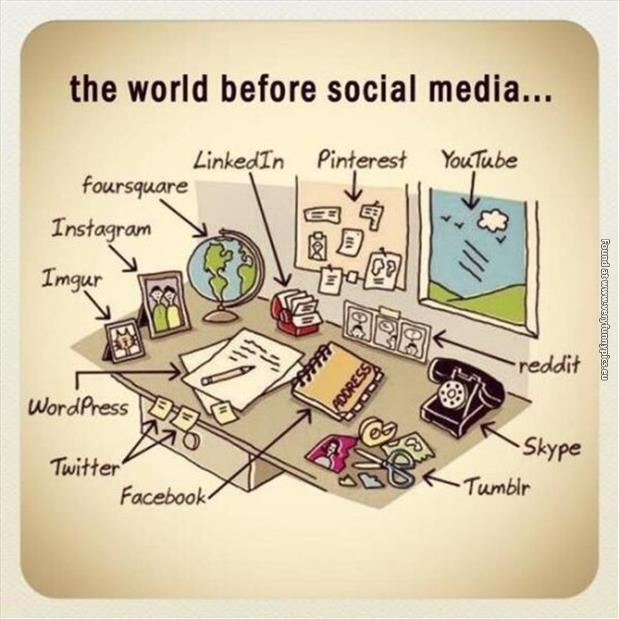
ACCEPTANCE AND COMMITMENT THERAPY FOR SOCIAL ANXIETY
One of the most challenging aspects of social anxiety are the thoughts that come with the experience. People struggling with social anxiety experience a barrage of negative self-judgments and the fear that others view them in that same negative light. Over time, these self-judgments lead to avoidant behaviors such as disengagement in social interactions, substance-use… Continue reading














